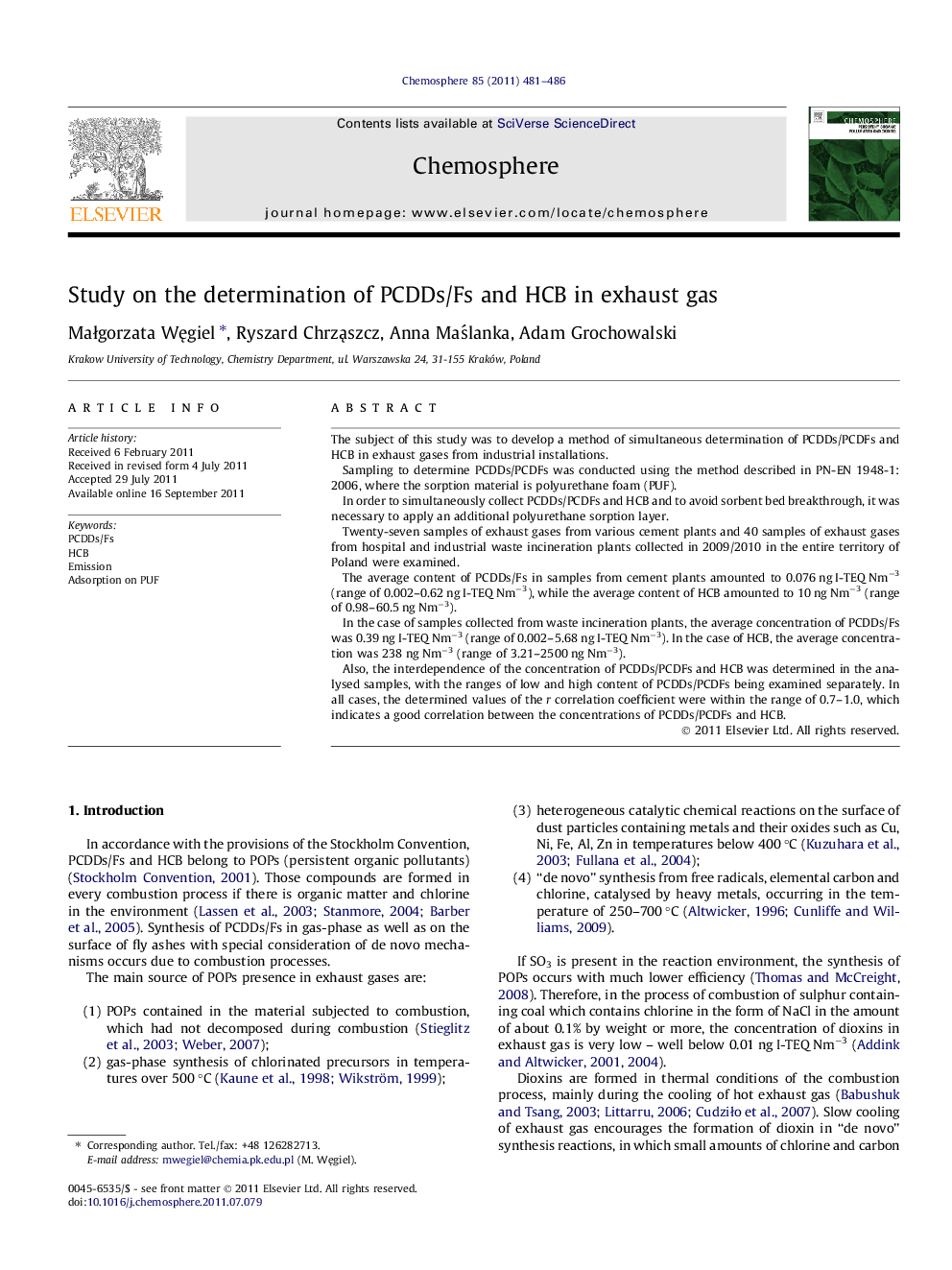| Article ID | Journal | Published Year | Pages | File Type |
|---|---|---|---|---|
| 6437853 | Geochimica et Cosmochimica Acta | 2015 | 6 Pages |
Abstract
Closure temperature is defined as the lower temperature limit at which the element of interest effectively ceases diffusive exchange with its surrounding medium during cooling. Here we generalize the classic equation of Dodson (1973) for cooling mono-mineralic systems to cooling bi-mineralic aggregates by considering diffusive exchange of a trace element between the two minerals in a closed system. We present a simple analytical model that includes key parameters affecting the closure temperature of a trace element in cooling bi-mineralic systems: cooling rate, temperature-dependent diffusion coefficients for the trace element in the two minerals, temperature-dependent partition coefficient of the trace element between the two minerals, effective grain sizes of the two minerals, and volume proportions of the minerals in the system. We show that closure temperatures of a trace element in cooling bi-mineralic systems are bounded by the closure temperatures of the trace element in the two mono-mineralic systems and that our generalized model reduces to Dodson's equation when one of the mineral serves as “an effective infinite” reservoir to the other mineral. Application to closure temperatures of REE in orthopyroxene and clinopyroxene bi-mineralic systems highlights the importance of REE diffusion and partitioning in the pyroxenes as well as clinopyroxene modal abundance and grain size in the systems. Closure temperatures for REE in two-pyroxene bearing equigranular rocks are controlled primarily by diffusion in orthopyroxene unless the modal abundance of clinopyroxene is very small. This has important bearings on the interpretation of temperatures derived from the REE-in-two-pyroxene thermometer.
Related Topics
Physical Sciences and Engineering
Earth and Planetary Sciences
Geochemistry and Petrology
Authors
Yan Liang,
